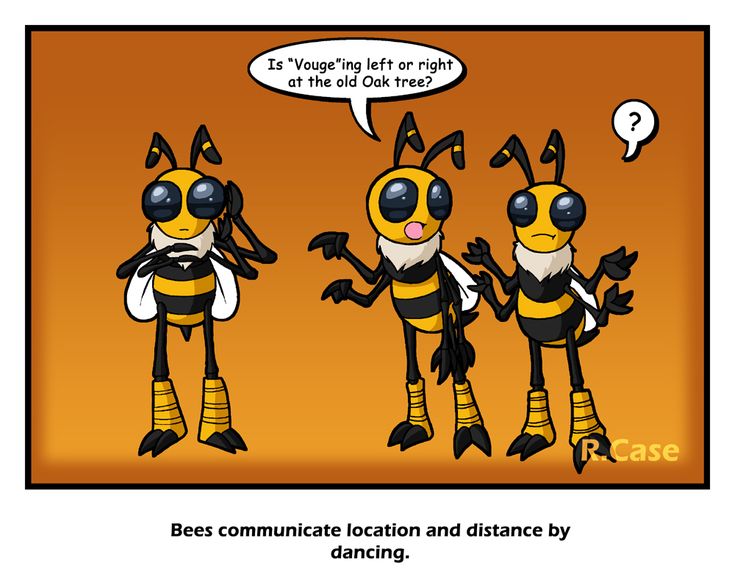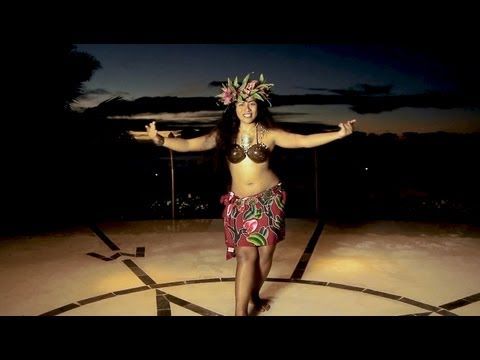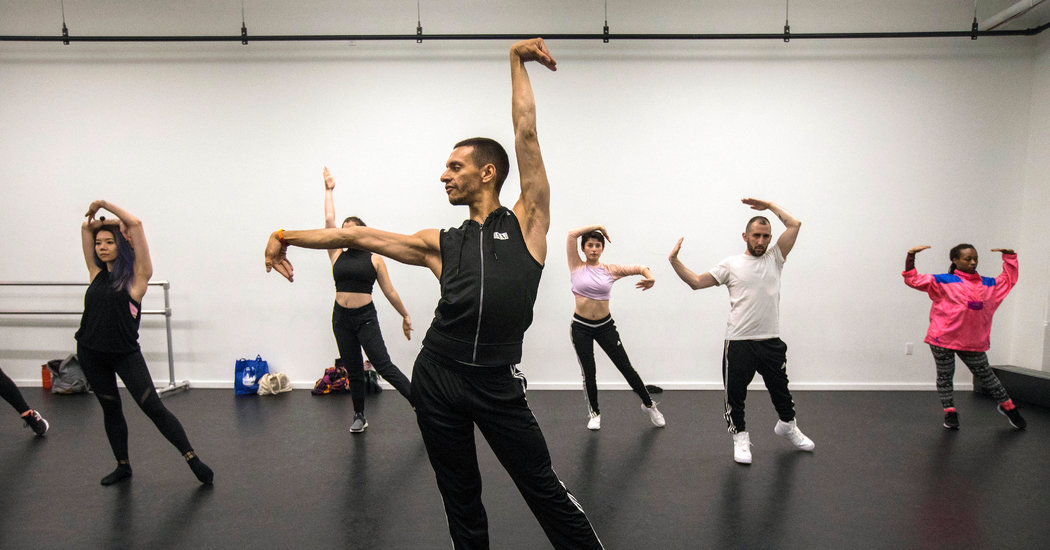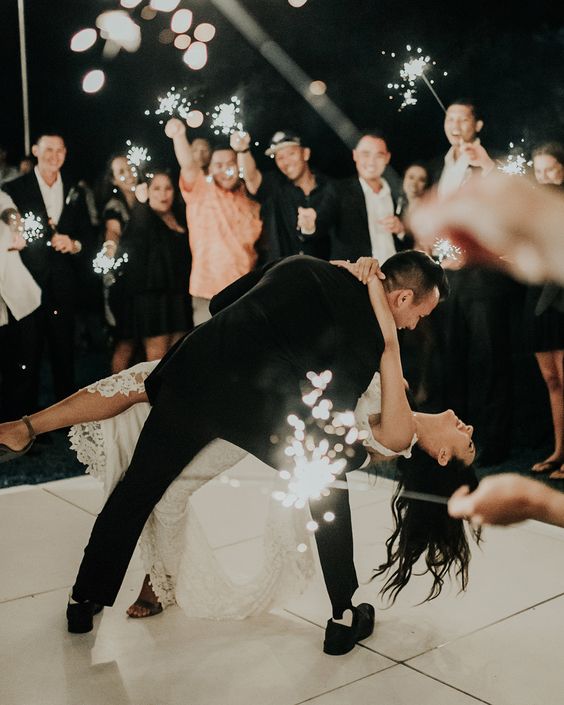How to be a famous dancer
This is How to Be a Famous Dancer and a Successful Performer
Joining the greats
So you want to be a famous dancer. The first thing you should know is that there are many thousands of others out there right now who have the same dream.
That’s not necessarily bad news, but if you want to join the greats as a skilled dancer, then it’s going to take years and years of hard work.
You’ll need to dedicate yourself to the art form, learning its history as well as learning how to execute different dance forms. You’ll need to play well with others while also doing your best to stand out from the crowd. You’ll even need to build your personal brand from the ground up with the help of stellar performances and social media.
This article will provide you with some very valuable tips for how to be a famous dancer and a successful performer in one of the most competitive industries in the world.
We’ll even have some words of wisdom from expert performers and dancers who have been doing this work for years and years.
Let’s jump into the heart of the matter and talk about what it takes to make a truly great dancer.
Contents
- Joining the greats
- Commit yourself to study
- Joanne Liebenberg: balancing preparation and adaptation
- Be willing to collaborate
- Pablo Landeta: control your nerves
- Build your brand
Commit yourself to study
Studying and practicing dance isn’t all you need to do to become a famous dancer, but it’s definitely a foundation that you can’t skip past out of convenience.
Every dancer is capable of moving on their own, and we’ll be talking a bit about improvised dance later on, but understanding at least the basics of different dance forms that have been taught throughout history is essential to creating your own routines now and in the future.
Of course, studying dance at an accredited institution or with an acclaimed dance company is one of the best ways to absorb this information and find your footing, so to speak.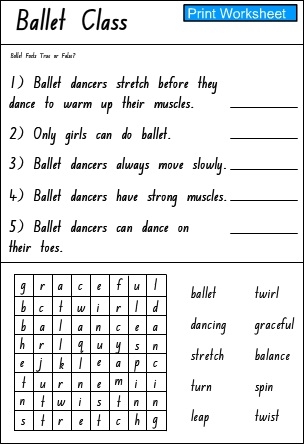
But when it comes to practicing dance, it never really ends. Even if you work through multiple dance training programs and impress your instructors at every turn, you will need to keep practicing throughout your career to maintain that level of skill.
That said, this is the perfect time to ask yourself whether you’re ready and willing to commit to dance as a profession. Do you have the patience to practice and improve over time?
Joanne Liebenberg: balancing preparation and adaptation
We received a crucial bit of advice on this topic from award-winning professional dancer and choreographer Joanne Liebenberg, who has performed with Royal Caribbean International, Broadway Dance Center, and Followspot Productions at Kalk Bay Theatre, and who has signed contracts with multiple dance companies here in the United States.
Having performed pre-determined routines as well as her own routines (including improvised pieces), Liebenberg recognizes the value of versatility and adaptation while also recognizing that skill and discipline make those traits possible:
“If I am performing my own choreography, I will rehearse and practice until I feel my pieces are ready to be showcased.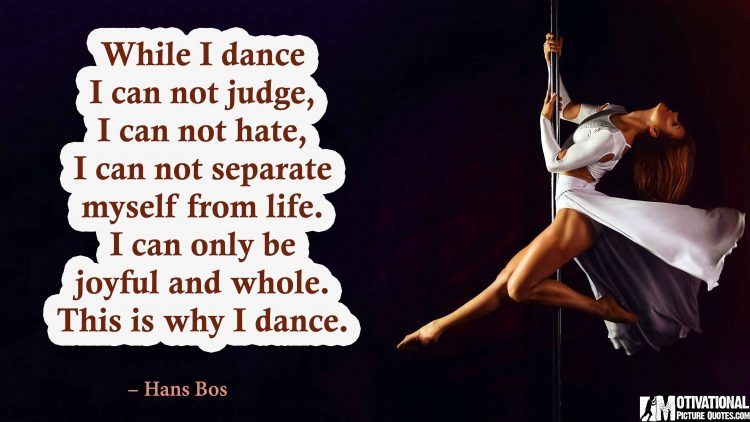 In some cases I improvise pieces, responding to and interpreting the music in my own way on the spot, which needs no rehearsal, just many years of dance experience.”
In some cases I improvise pieces, responding to and interpreting the music in my own way on the spot, which needs no rehearsal, just many years of dance experience.”
That kind of versatility and ability to respond to something in the moment– these are skills that the most talented and well-known dancers have all shared.
The dancers we all know and love were never just one thing. They didn’t limit themselves when they were making art.
No matter what style of dance you’d like to be famous for, remember that there’s always a give and take between the routine itself and the truth of the moment.
Be willing to collaborate
Dancers who want to make a name for themselves should definitely be willing to collaborate, and we don’t just mean performing with other dancers on stage and not always taking the spotlight.
Yes, learning to be a functioning member of a larger group or a consistent dance company is certainly important, but for professional dancers, collaboration can go well beyond what happens on stage.
We could even say that collaboration is a mindset. It’s a willingness to listen to others and consider their unique perspectives.
Not only does this give you the opportunity to accept feedback and improve your own skills, but in certain situations, it can also be a form of networking.
When different dance industry professionals (choreographers, dance company heads, talent scouts, etc.) know just how cooperative and collaborative you are, then they’ll be much more likely to hire you to work on different projects.
You might even catch the eye of a veteran dancer who’s willing to show you the ropes and help you navigate the challenges of this very demanding industry.
Pablo Landeta: control your nerves
Our next piece of advice comes from a consummate performer who has extensive professional experience in both dance and circus arts: Pablo Landeta.
Originally from Mexico City, Landeta has dedicated his life to performance, immersing himself in many different styles of dance and iterations of the circus arts. Given his professional pedigree, Landeta knows a thing or two about preparing for a show and taking care of feelings of stage fright.
Given his professional pedigree, Landeta knows a thing or two about preparing for a show and taking care of feelings of stage fright.
Knowing how to manage stage fright is arguably even more crucial for circus performers such as Landeta than it is for professional dancers because it’s not just the performance itself or the audience’s enjoyment that’s on the line. Safety is a primary concern, and making mistakes due to nerves could be catastrophic, as Landeta explained.
“As a circus artist, it is one of the most important parts of our job to be able to control our nerves at all times. Eventually, you get to a place in your training where you know yourself and your limits. At the moment of being in front of an audience, all of that practice, training, and patience is what will give you peace of mind. Ultimately, even if things don’t work out as planned, when you have control over your nerves the outcome is always a lot more favorable. ”
”
Though most dancers won’t be risking quite as much when they’re on stage, that idea of being intimately acquainted with your body and its limitations is key for professional dancers.
If you know yourself that well and you’re able to quell pre-show jitters to a large degree, then your performance will be what you want it to be, and audiences will take notice.
Build your brand
Whether we like it or not, becoming famous in any field or any art form is very much about marketing and branding.
We’ve saved this point for last because we wanted to make it clear that legitimate skill and performance are the most important elements here.
But building your brand as you become a more skilled dancer can help attract attention to your work and keep people invested in that work and in your persona over a long period of time.
Posting to social media on a consistent basis can go a long way toward generating that attention and even a sense of loyalty and investment between you and your fans.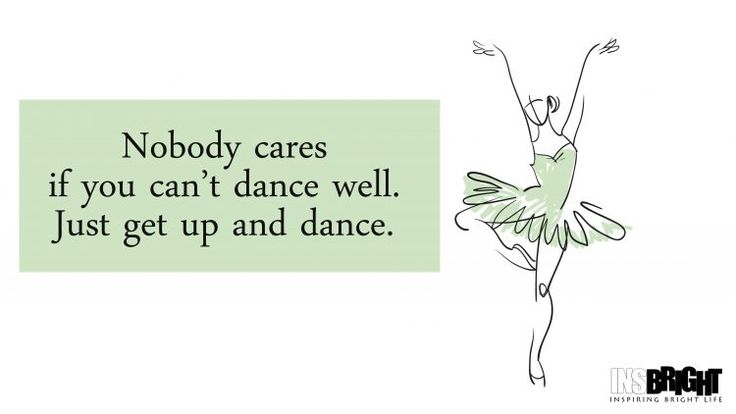
Give small updates about what you’re working on right now, as long as it doesn’t reveal too much about an upcoming performance. Show parts of your practice routine. You could even answer questions and give advice to other young hopeful dancers who follow you.
Be creative. Your brand can be whatever you want it to be. As long as dance is at the forefront, you’ll be on your way to becoming a famous dancer.
10 tips you have to follow
The following advice is the distilled essence from a 1.5-hour talk at the BC One Cypher Austria in Vienna, where the speakers were B-Boy Junior and Majid.
The champs
Junior in Busan
© Little Shao/Red Bull Content Pool
The first one of our speakers doesn't really need an introduction. He's our own Red Bull BC One All Star, Junior. A veteran of countless battle, he's inspired B-Boys and B-Girls for over two decades and has one of the most recognisable styles in breaking history.
Junior loves the possibilities of hip-hop as a culture and appreciates that it enables people to become who they want to be. "You can start with nothing and become somebody, only depending on your skills," he says.
"You can start with nothing and become somebody, only depending on your skills," he says.
Majid performs a showcase at the BC One Cypher Austria 2019
© Little Shao/Red Bull Content Pool
Majid, on the other hand, is a two-time Juste Debout champion and winner of many other battles around the globe. He's from Germany and has been dancing for over 16 years. His father was a dancer before him, and he feels like he was born into the lifestyle. He learned a lot in hip-hop culture and now runs his own dance studio to give back to the scene that helped him grow.
You can see Junior and Majid dance together in the video at the top of this article and then read-on for their advice to help you become a better dancer.
1. Do it for the love of the dance, not to win battles
When you want to make your dance as good as it can possibly be, it's imperative that you're there for the right reasons. Your mind should be occupied with the dance, the connection with the music and with being free in what you do. If your thoughts are always with winning, instead of dancing the best you can, your dance will suffer.
If your thoughts are always with winning, instead of dancing the best you can, your dance will suffer.
Majid thinks too many people start for the wrong reasons, nowadays. Many of the younger dancers begin because they want to win the big battles and become famous, not because they love to dance. "I started in a time before the big competitions. That helped me to develop the right mindset towards dance. If you don't love to dance, stop right now," he' says.
If you don't love to dance, stop right now
2. Get a mentor
Throughout the ages, people have learned their craft from teachers. Today, it's easy to get information and knowledge, but the need for a mentor is still there – not because they're the only way to get quality input, but as a source of quality feedback. Sometimes you need someone to tell you where you can improve. That's what a mentor does for you. If there's no one in your reach, people from your crew can jump-in for this role.
3. Take your time
There are two things you need as a dancer that take time to develop: experience and confidence. Experience gives you the possibility to stay calm in every situation, because you lived through something similar before. Confidence is knowing that you can handle whatever comes your way.
Both are best developed by always bringing yourself into a situation where you need to step outside your comfort zone a little. Rock the local jam and then go to a bigger one and make your way up to the biggest competitions in the world. You can't skip steps along the way – take the time to appreciate every small challenge along the way. Trying to jump ahead is more likely to put you in situations you can't yet handle and set you back in total.
4. You have to be smart
Your brain is your biggest asset. Be honest with yourself and approach your development smartly. Think about your weaknesses and set goals on how to overcome them. Be aware of your strengths and reinforce them even more. If you don't set goals, you don't know where you're going. Think first, execute after.
If you don't set goals, you don't know where you're going. Think first, execute after.
5. You have to practice
Dance, dance, dance!
© [unknown]
Of course, you need to practice. As long as you build your dance, you need to keep a structured way of training. You need to automate your moves, become fluent in all the concepts you use and you need to understand the music. To achieve this, you'll really need to put in the hours.
6. Do your research
You can see the whole world from the top
© Little Shao
Knowing where the dance and culture come from helps to develop an understanding of how things work. It gives you the context to understand why moves are done in a certain way and it gives you the ability to understand other people and the development of the culture.
Doing research is easy today: you have the internet for the quick searches, and if you want to go in-depth, most of the pioneers who created our dance styles are still around.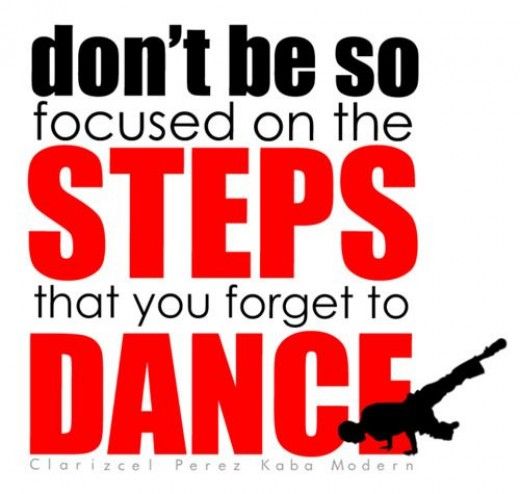 That means you can talk to them at workshops, events, or hit them up online. Make use of that possibility.
That means you can talk to them at workshops, events, or hit them up online. Make use of that possibility.
7. Be open when it comes to inspiration
Every artist needs inspiration and it can come from anywhere. In other arts, people commonly look outside of their own discipline for inspiration. You should do that as well. Too many dancers only consume dance, which leads to the copying of moves from other dancers. We call that biting and it's not cool.
Try to see inspiration everywhere. There's an abundance of it in the world if you're ready to see it. This also brings us to our next point.
8. Travel to dance and learn about other cultures
The best education I have is from travelling," explains Majid. "Talking to people from abroad reveals other ways to think that might work well for you."
Jams and competitions are spread out all over the globe, so visit some. This shouldn't be only because you want to go to the jam, but also because you want to meet people from other cultures. Different cultures have different ways of thinking and other approaches to life in general. Experience this differences yourself and use what helps you.
Different cultures have different ways of thinking and other approaches to life in general. Experience this differences yourself and use what helps you.
9. Have discipline
Stick to what you want to achieve. Changing plans too fast won't give you the time to see results from your work. A lot of people need to see results immediately, but that's not going to happen. Mastery comes with repetition. This isn't only about your practice, it's also about committing to finding inspiration, travelling to jams, setting goals and pursuing them. Work for what you want.
10. Be yourself and give it all you have
There are so many dancers out there, trying to make it to the top, so you have to stand out. The best way you can do that is by being you. You're unique and everyone wants to see people who know how to dance, but bring their own flavour. As soon as you master the basics, don't be afraid to do things differently. Show the world who you are. If you're feeling the moment, let loose and take risks.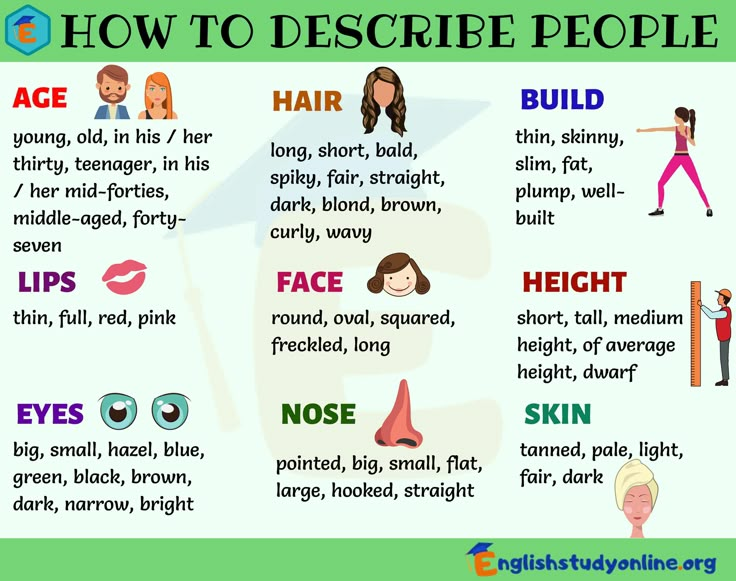 That's the place where magic happens.
That's the place where magic happens.
Part of this story
View ProfileHow to become a professional dancer?
Many young people today do not just want to learn how to dance beautifully, but seriously dream of becoming a professional dancer. This unusual profession attracts romantics and connoisseurs of beauty.
More often only girls and young girls dream of becoming dancers, fascinated by the light and air images of ballerinas. Indeed, what could be more beautiful than shine on stage, receive flowers from fans every evening and listen to applause! This magical picture is mesmerizing, and the prospects become gray an office worker cause only bouts of melancholy.
However the path to the top of a career as a professional dancer is not as easy as it could be appear at first glance. As in any business, this area is filled not only beauty and smiles, but also difficulties hidden from the eyes of the audience.
Before than to make a decision about choosing a profession, the future ballerina, as well as her parents should know what is hidden under the beautiful title of "ballet dancer". Costs note that in many professional groups the position of a dancer sounds as a "ballet dancer", regardless of the stylistic direction of the choreography.
Costs note that in many professional groups the position of a dancer sounds as a "ballet dancer", regardless of the stylistic direction of the choreography.
Consider advantages and disadvantages of such a profession as "dancer" or "ballet dancer". Assessing them, it will be easier for you to make an important decision or to abandon it.
What Pros and prospects are given by the profession "ballet dancer"
- Excellent physical shape on throughout life. Professional dancers are distinguished good physical form. In order to have the correct posture, thin waist and tightened hips, dancers do not need to visit gyms and fitness clubs. The physical form remains ideal in the process of daily performance of their professional duties. Work schedule for dancers so saturated, and the physical load is so high, that all this is not allows people in this profession to gain excess weight.
- Opportunity to see the world in within the framework of professional activity. Occupation dancer associated with active touring activities. Typically the most famous choreographic groups visit major European cities, and all without exceptions continents and countries. Work schedule provides dancers a wonderful chance to see the world without spending your own money on it.
Occupation dancer associated with active touring activities. Typically the most famous choreographic groups visit major European cities, and all without exceptions continents and countries. Work schedule provides dancers a wonderful chance to see the world without spending your own money on it.
- Fame, admiration, recognition and love of the audience. An integral attribute dancer's professions are the love of the audience, applause and, finally, the real glory. Choreographic activity will become an ideal profession for those who childhood to strive for admiring glances and under the footlight feels like fish in the water. Dancers on stage live a special life. Many people are attracted to profession with an incomparable feeling of flight and the release of adrenaline into the blood under thousands of admiring glances.
- Profession is a favorite occupation. Most often, dancers become by vocation those people for whom choreography is a favorite pastime that has become a profession.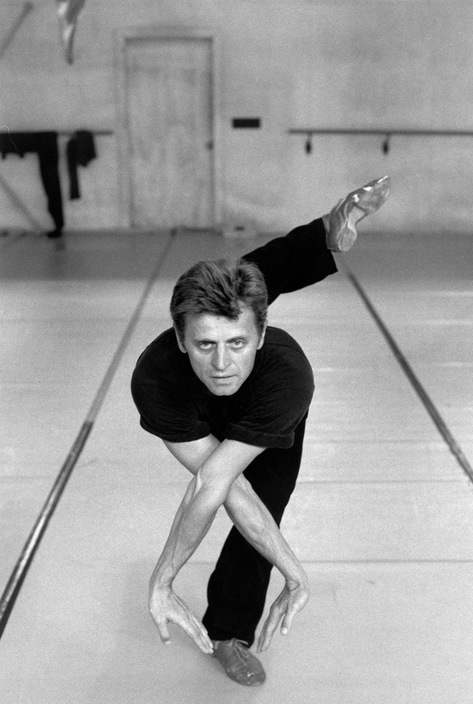 Highly it is difficult to imagine a good professional dancer who would not love my job. Here, more than anywhere else, burning eyes and emotional dedication. This becomes possible only if the dance is for of a person is the most favorite occupation in life and the only possible choice professions.
Highly it is difficult to imagine a good professional dancer who would not love my job. Here, more than anywhere else, burning eyes and emotional dedication. This becomes possible only if the dance is for of a person is the most favorite occupation in life and the only possible choice professions.
- The profession is related to beauty. The work of a dancer perfectly develops a sense of style. Professional dancers - some of the most beautiful people in ordinary, everyday life. Thanks to daily work with stage costume and make-up people of this profession harmoniously develop a sense of proportion and aesthetic perception.
- Dancers are always in the focus of the media, on the TV screen. One one of the advantages of the profession is the fact that dancers can often be seen central television channels. Concerts with famous bands broadcast on TV quite often. In addition, dancers are often invited to participate in the filming of video clips and commercials.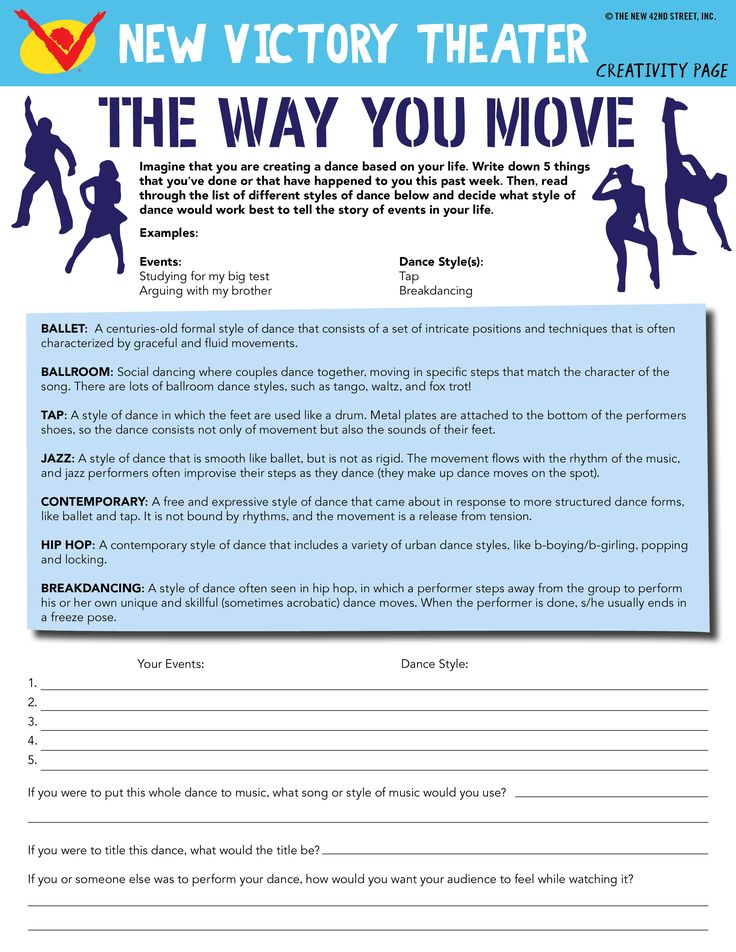 For many young people and girls, this becomes a significant incentive to choose dance art business of a lifetime.
For many young people and girls, this becomes a significant incentive to choose dance art business of a lifetime.
- Possibility to create your own dance school. Very often a logical continuation the career of a dancer becomes the career of the owner of a choreographic school or dance group leader. This enticing prospect attracts very many future stars of the scene.
Underwater stones of dance art as a profession
- Daily physical labor. Having done choreography by their profession, young people must be prepared for the daily hard work. Many hours of training at the ballet barre, rehearsals and staging new dances, mastering unfamiliar styles, mandatory attendance master classes from famous choreographers, as well as evening performances on stage. Often you will have to perform in open areas under the scorching sun in heavy suits. Becoming a dancer, you will no longer have the opportunity to relax, as it is necessary always keep yourself in shape.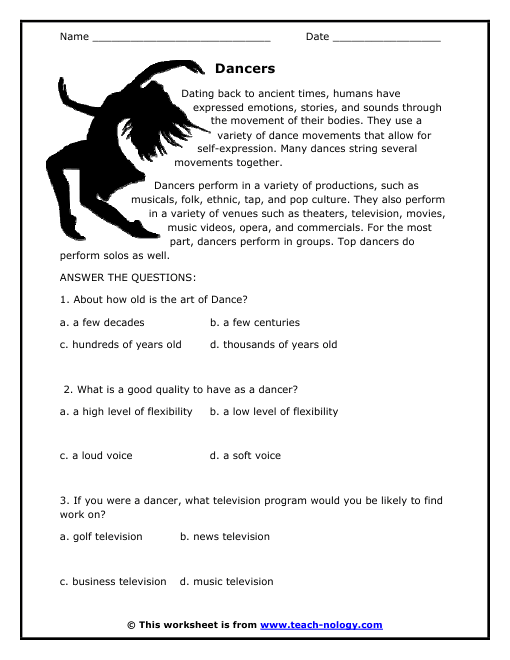
- High risk of injury. Rare there is a dancer who has not experienced at least one professional injury. dancers hurt ankles, knees, tear back, damage ligaments. not excluded fractures and sprains. It must be remembered that the body is a working dancer's instrument. In case of damage, we can talk about professional unsuitability and parting with a career as a dancer.
- Age restrictions. Century the dancer is short. It is unlikely that you will be able to shine on stage and be a soloist after as a dancer turns 35 years old. Since this age is associated with the heyday vitality, sunset in the professional sphere can lead to unwanted psychological consequences, the development of depression and feelings of inferiority.
- Difficulty balancing work and personal life. Unfortunately, very often professional dancers fail to create a family, become a happy mother and wife. Due to the tight touring schedule, the free time of the dancers is very limited. At the same time, heavy loads can cause hormonal disruptions and reproductive difficulties in women.
At the same time, heavy loads can cause hormonal disruptions and reproductive difficulties in women.
C where the dancer begins
For in order to become a dancer, first of all, you need to get an initial choreographic education. The most successful in the profession are those who I started dancing in early childhood, at the age of 5-6 years. Already at this time girls and boys are accepted into choreographic schools, which issue a certificate according to their ending. At this stage, a great responsibility lies with the parents, who should notice in time the giftedness and ability to dance in their child.
To make no mistake, just bring your child to the choreographic school for viewing. Here, experts will determine exactly how successful they can become. child in dance art. As a rule, to determine giftedness and the potential ability to learn to dance in a child is possible already at the age of 5 years.
Requirements to those entering choreographic schools
dance school, an aspiring dancer will need to continue their education. At the same time, it is desirable to constantly dance in some choreographic team, gaining performance experience.
At the same time, it is desirable to constantly dance in some choreographic team, gaining performance experience.
How as a rule, choreographic schools, studios and colleges present to applicants similar requirements:
- Talent, creative giftedness.
- Musicality, perfect ear, sense of rhythm.
- Compliance external and physical data to the requirements of the school, college or dance team.
school, the competition commission evaluates with prejudice such data of applicants, like height, weight, stretch, flexibility, plasticity, eversion, ballet length step, as well as the presence of an ear for music.
Remember that ideal data only opens the door to the world of dance opportunities. Whether you become a successful dancer depends on how much work and hard work will be applied to talent and creative endowment.
Even if your desire to conquer world scenes is very strong, remember that the profession a dancer is a way of life that not everyone can do.
So, choose the profession of a dancer if any other activity for you is completely unthinkable, and you see yourself only on the stage. In this case, high the chances that you will become not just a professional, but an outstanding, famous dancer.
Valentina Nikonova /teacher in folk dances, especially for the portal SportSamara.ru/
where to study, salary, pros and cons
Author: Professional Guide
Updated
Dancer is a person of art who performs rhythmic movements to music, taking part in theatrical performances, shows. The profession belongs to the type “a person is an artistic image”, it requires excellent self-discipline and, of course, talent. Children who distinguish literature, physical education, music and singing from all school subjects can become dancers. By the way, the ProfGid career guidance center has recently developed an accurate career guidance test that will tell you which professions suit you, give an opinion about your personality type and intelligence.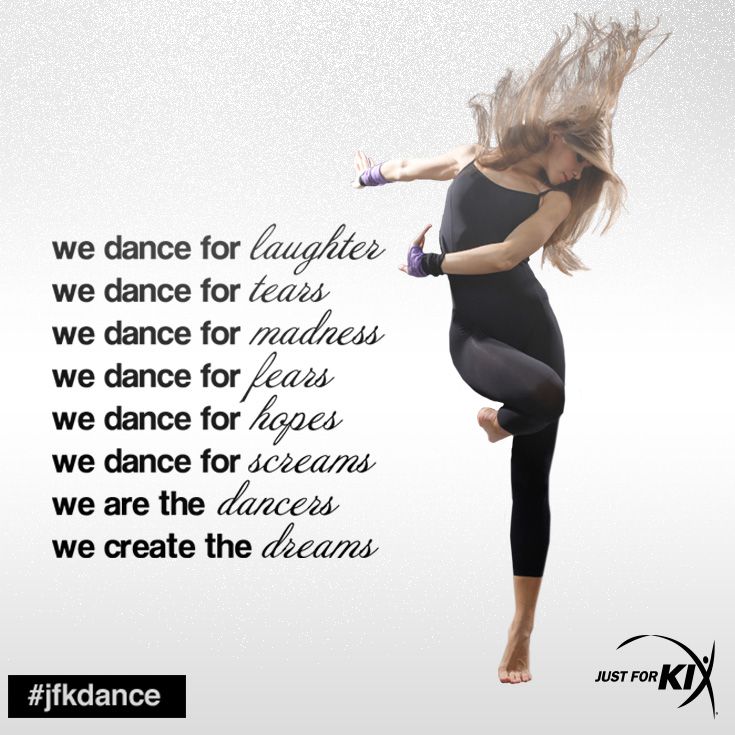 9Ol000
9Ol000
Short description
This profession has a rich history and is closely associated with the arts. However, the success of dancers by more than 50% depends on dedication, endurance, self-discipline. A specialist can work independently, performing solo choreographic numbers, it is also worth highlighting pair and collective dances. There are a lot of types and techniques of this art direction:
- ballet;
- pop and folk dance;
- historical dance and others.
See also:
Also distinguish styles such as street jazz, hip-hop, R'n'B, contemporary dance, street dance, etc. Dancers choose the style and type of performing arts based on their physical abilities, temperament, personal preferences.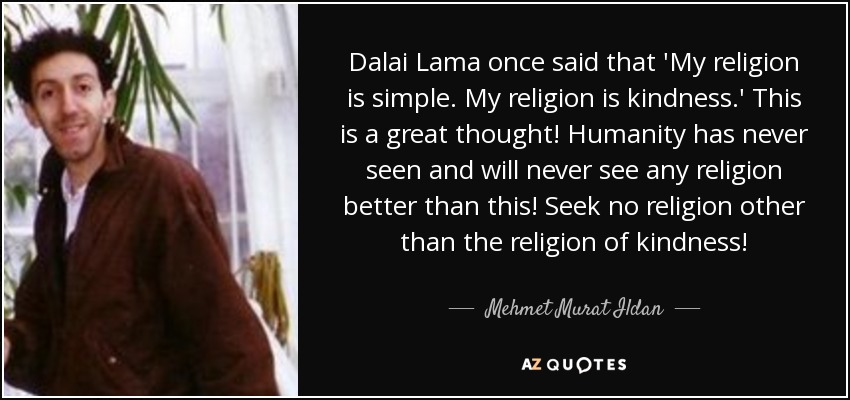 On stage, they create artistic images, convey emotions, making the hearts of the audience tremble.
On stage, they create artistic images, convey emotions, making the hearts of the audience tremble.
Features of the profession
Anyone can become a professional dancer, but it is worth starting training in childhood. Choreographers recommend sending children to dance studios at the age of 3-7, which will allow them to develop good posture, plasticity, stretching, a sense of rhythm and other skills necessary for professional performance. Dancers most often work in 1-2 overlapping styles, they pay special attention to training and rehearsals, maintaining excellent physical shape. A career is short, because its peak is at the age of 15-25 years, and after 30 years, most specialists change their field of activity. They can realize their talent and knowledge in other areas, working as directors, choreographers, school teachers.
Dancers independently or under the guidance of a choreographer create performances: choice of music, sequence and rhythm of movements, costumes and image, facial expressions, plasticity. Before performing the dance, they rehearse for a long time, honing their skills. Many members of this profession often travel around their home country and go abroad to give concerts. The activity is associated with certain difficulties, which leaves an imprint on the lifestyle and character of the dancer.
Pros and cons of the profession
Pros
- Excellent physical development, because dancing strengthens the body and willpower.
- Opportunity to work on the best scenes.
- Talented dancers quickly achieve success.
- The profession is interesting, active and ambitious people will like it.
- Opportunity to earn income from various sources, because dancers work alone or in pairs, can take part in private productions, star in music videos.
- Useful business connections in the world of art.
- The opportunity to change the field of activity, because dancers often open schools, give private lessons, work as choreographers - the choice of directions is huge.
Cons
- High injury rate.
- Serious injuries can put an end to a professional career.
- Short career period.
- Very high competition.
See also:
Important personal qualities
Dancers have excellent plasticity, but in this profession not only technical performance is important, but also emotionality. The dancers convey the idea of the performance with the help of movements, facial expressions, so they must be distinguished by well-developed artistry. Increased efficiency, resistance to physical stress and a low pain threshold are very important, because rehearsals and performances often end with sprains, dislocations and other minor injuries. Only those people who do not suffer from laziness, negligence, and excessive self-confidence ascend to the pinnacle of success.
Training for a dancer
Professional education can be obtained in various institutions:
- schools and academies of choreography;
- dance studios;
- colleges;
- universities.

There are no special requirements for the education of a dancer, the level of his skill is determined during choreographic tests. It is worth starting training at a young age in order to reach a professional level. Let's consider the most interesting directions:
- "The art of dance (by type)", implemented in choreographic colleges and schools. You can start training after grades 7-9, which depends on the requirements of the college;
- The Art of Ballet. The direction of training is open in many creative colleges, studio schools, academies. Children who have completed the 4th grade of the school are invited to study.
You can also go to study at a university, choosing a specialty related to choreography, folk dance and other areas. Primary training can be obtained in public and private schools of choreographic art, during individual lessons.
Universities
-
4 years
90,000 ₽/year
12 budget places
-
4 years
158,100 ₽/year
23 budget places
-
4 years
65,000 ₽/year
8 budget places
-
4 years
200,000 ₽/year
16 budget places
Best Primary Schools
- Dance Quarter School.
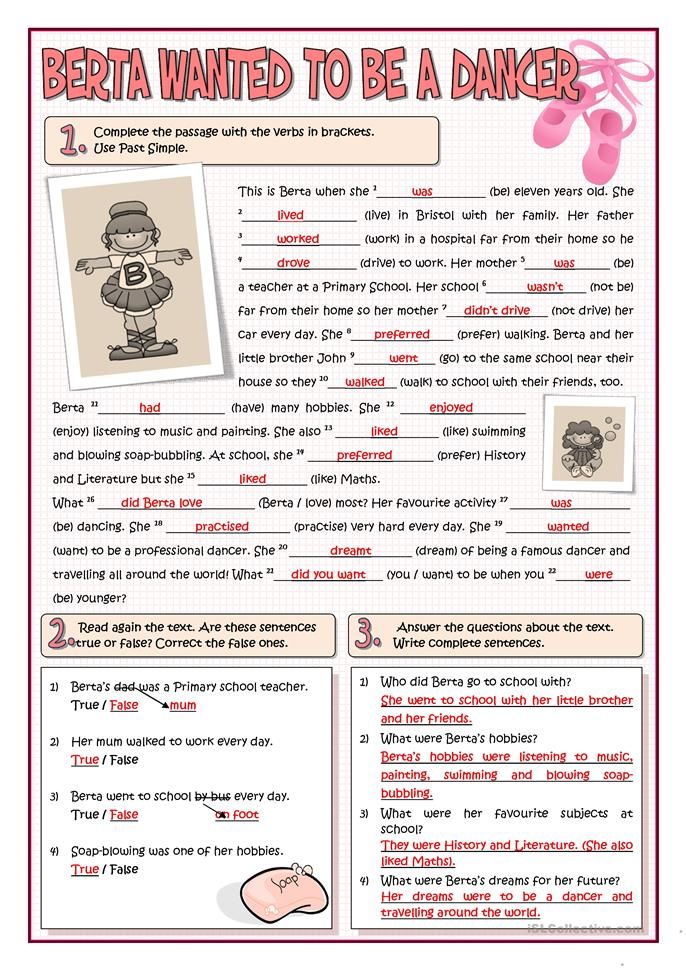
- School for children "Dancevaliya".
- State 27 Dance Studio.
Best colleges and academies for dancers
- A. Ya. Vaganova.
- MGAH.
- MCU at the Moscow State Academy of Theater Arts "Gzhel".
- School-studio (school) at GAANT them. I. Moiseeva.
- KMTI them. G. P. Vishnevskaya.
Best universities
- IPCC.
- GITIS-RATI.
- MGAH.
- ARB them. A. Ya. Vaganova.
- RGU im. A. N. Kosygin.
- ISI.
- UGAI.
- SPbGUP.
- AGIIK.
- KemGIK.
See also:
Place of work
Dancers are in demand in theaters, film industry and organization of holidays and events. They can work as teachers, find vacancies in nightclubs, private groups - there are many options for employment.
Salary
There is no exact tariff rate in this segment, because everything depends on the style in which the dancer works, personal qualities, education, reputation and experience.
